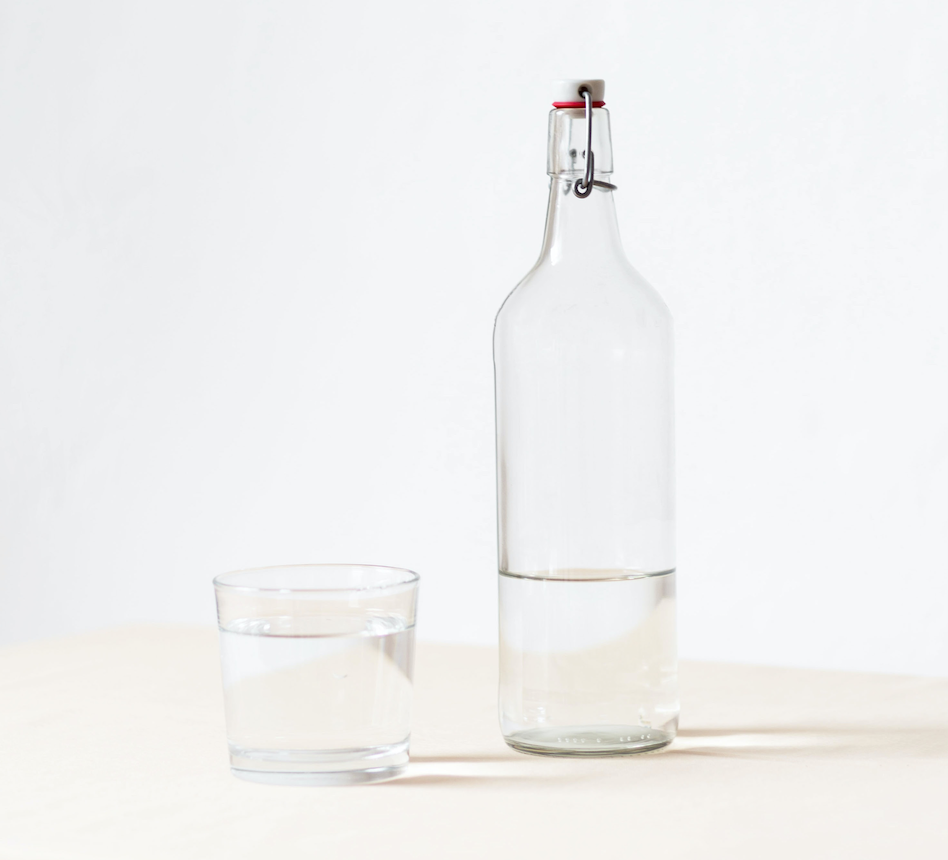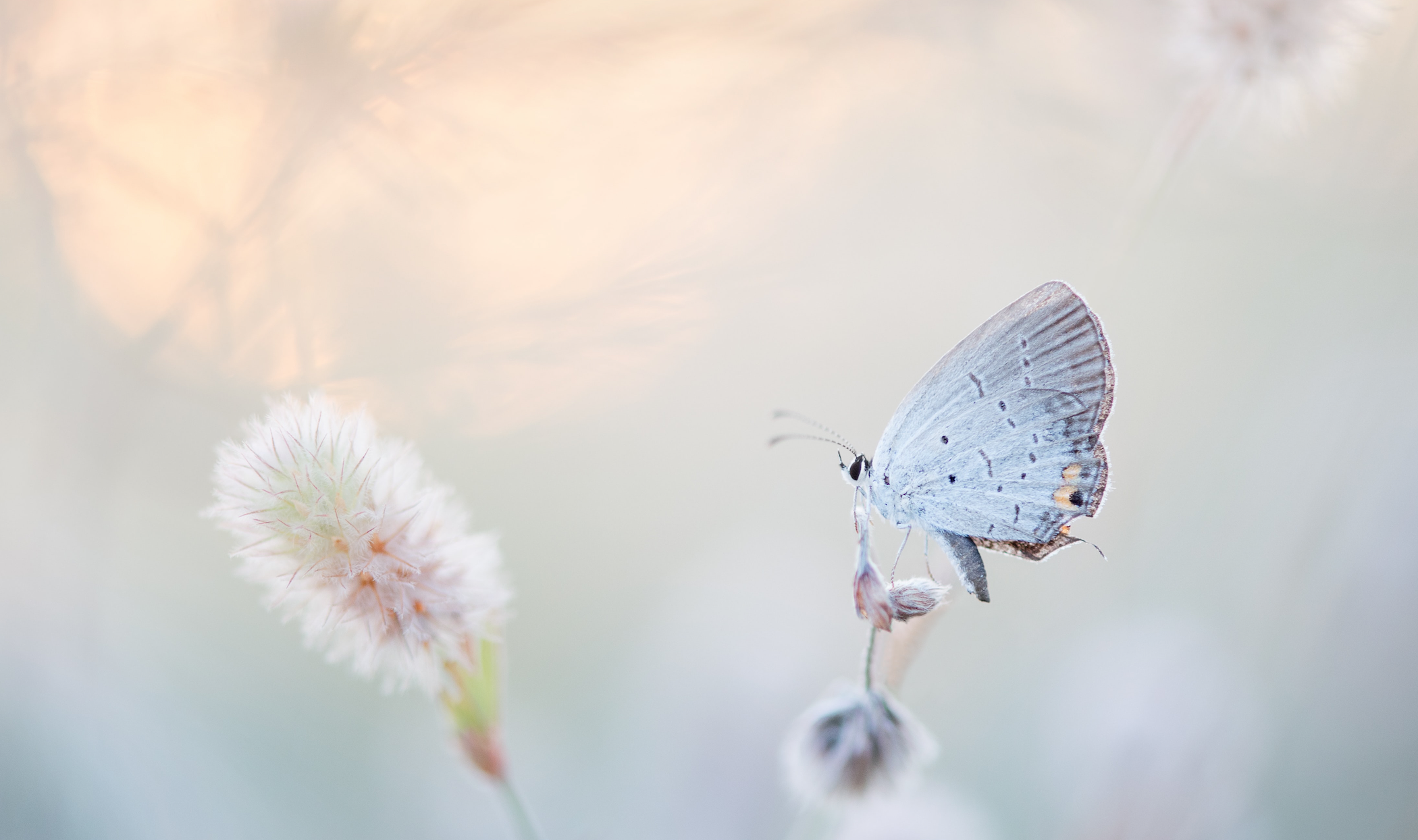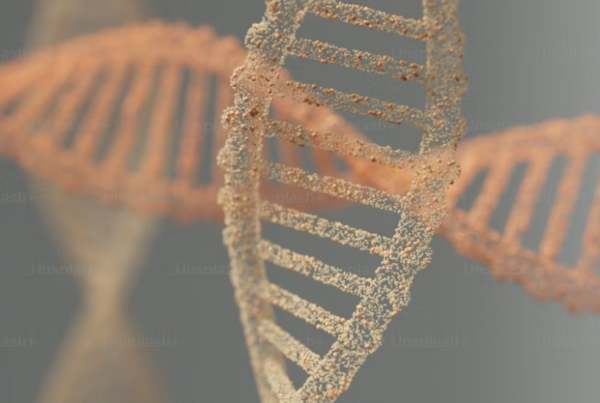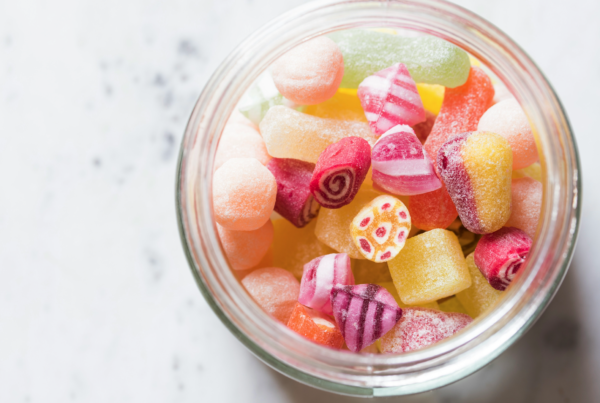A detox, why and when?
A detox aims to purify the body, to help rid of its clutter so that it can function optimally, regenerate and heal itself. Spring in nature welcomes the awakening of sap flowing in trees, of plants blossoming, of animals that come out of hibernation. It is a time of accelerated creative force for plants and for animals, but also for the human body. Our metabolism is more alive in spring than at any other time of the year, our blood undergoes changes, just like the sap of trees. It is in spring that our body will have the vitality to eliminate its toxins properly.
In fact, the process of detox is engraved in our genes, since the ancient times when there was no abundant food available at all times as it is now. Our genetics are naturally adapted to periods of fast and our physiology has not changed for 40,000 years, it has the same needs. Moreover, for thousands of years, religious traditions have invited us to eat frugally and to fast at certain times of the year.

A detox will mainly help to boost energy, have a better skin, a brighter and more radiant complexion, loosen the addiction to sugar, lose weight and free yourself from cravings. It will de-acidify and alkalize the body, preserving your health capital. A detox can take the form of caloric restriction: fasting, liquid diet based on broths or vegetable juices, monodiet and/or based on the intake of plants: supplements, mother tinctures, macerates-glycerine (gemmotherapy), birch sap, etc..
A detox allows the elimination of exogenous (external) waste, i.e. everything that is toxic and that comes from the environment (industrial products, food additives, heavy metals, pesticides,) and endogenous (internal) pollution such as toxins produced by the body as a result of metabolic activity (free radicals, uric acid, lactic acid, CO2, fermentation waste).
By regularly cleansing the body, we avoid the accumulation of toxins in the tissues, and the installation in time of physical symptoms first acute then chronic: fatigue, headaches, mental fog, constipation, sleep disorders, skin problems, excess weight that we can not get rid of, problems of the ENT sphere, circulatory problems, joint pain, digestive disorders, etc
To ensure the maintenance of good physical shape, we should get into the habit of doing at least 2 detox per year, preferably around spring equinox (March 20-21) and autumn equinox (September 20-21). But with the ever-increasing load of environmental pollution, we should practice mild forms of detox as often as possible (2-3 days per month without gluten, animal products, coffee and alcohol for example).

Detox, for whom and how?
It is recommended to be in relatively good health to start a detox. If the body does not have the necessary vitality, it will not be able to get rid of its waste in a correct way. The kidneys must function properly to be able to evacuate toxins through urine. A detox is especially welcome when metabolic functions begin to slow down due to age, but it is also an excellent option for young people who are focused on prevention. It is best to avoid detoxing if you are ill or pregnant, unless you are supervised by a professional. Note also that a detox is not recommended for children.
When you do a detox, you may have what is called a healing crisis, which results from the elimination of toxins. This crisis is proportional to the degree of intoxication. The more you consume industrial, sticky (think glue, in gluten), acidifying products, the stronger the crisis will be. The most frequent symptoms are headaches, fatigue, but there can also be nausea or emotional reactions of sadness or anger.
To minimize the appearance of symptoms, it is advisable, 2 days before the beginning of the detox, to eliminate dairy products, flours (especially wheat), industrial foods, sodas as well as products of animal origin, but also and especially excitants such as alcohol, coffee, sugar, chocolate and black tea. Focus on green vegetables, sweet potatoes, squash, avocados, pseudo-cereals such as quinoa, buckwheat, amaranth or millet. Also think about nuts and sprouted seeds.
Be careful when you let out of a detox: make sure you respect the same restrictions indicated to start your detox. If you eat consciously, you will see that you will crave less sweet, floury and fatty foods after your detox. Try to stick to this a long as you can!
In order for the toxins to leave the body, proper hydration with water is needed, warm if possible, around 40 degrees. If you are cold by nature or if you are cold during your detox, your liver will not function optimally and the evacuation of toxins will not be done properly. Remember that tap water is full of toxins, so it’s better to drink filtered water, demineralized water or water from a reverse osmosis filter.
Think about detoxing on different levels: digital detox, mental detox, emotional detox (get away from energy vampires) and reconnect with nature. Negative ions accumulated near the sea, a mountain stream or trees will soothe us and stimulate our immune system, they will help to depollute us.
And don’t forget to support the auxiliary detoxification organs: the skin and the lungs participate greatly in detoxification. The more you sweat, the more you eliminate pollutants. Hot/cold shower, sauna, dry brushing will activate the blood and the lymphatic micro-circulation. Breathing consciously, getting plenty of fresh air, oxygenating yourself will also help to get rid of toxins, while relaxing and calming the mind.

Detox Options
1 – Monodiet
It consists of eating only one type of food for a period of one meal to several weeks. You will of course choose a food that will not pollute the body : forget about a monodies of French fries. I particularly like this formula in summer or in the fall, for the choice of fruits and vegetables that fits better. For example, in summer, you can do a watermelon monodiet which is very refreshing and full of antioxidants. It’s like swallowing your sunscreen. In the fall, a grape cure is commonly practiced in the world of winegrowers and winemakers.
2 – A detox dissociated diet
The principle is to eat only one type of food during the same meal. For example, it could be apple in the morning, fish at lunch and vegetables in the evening. This detoxifying diet is easier than the single diet because it allows a variety of food choices. It is therefore easier to follow it for a longer period of time and it will lead to fewer curative crises.
3 – Liquid detox (juices, smoothies, soups)
This is the one I like the most because it is very mineralizing, alkalizing and revitalizing. It really helps to recharge the body with vitamins, minerals, trace elements, antioxidants and enzymes. Most of the time our plates do not contain enough vegetables and very often they are poor in nutrients because they are intensively cultivated, grown on poor soils in greenhouses; they are picked before maturity and travel long distances. It is also important to remember that cooking destroys a great amount of precious nutrients.
Fresh vegetable juices are very nourishing, while providing rest to the intestine which does not have a lot of work to do to digest. Food taken in liquid form will allow the lining of the intestine to rebuild itself, or at least to stop being attacked by poorly digested or abrasive particles such as gluten. Smoothies and soups will require a little more energy, but will bring more diversity, so with a juice in the morning, a smoothie at lunch and a soup in the evening, one can get a good balance between cleansing and pleasure, and there is little feeling of deprivation.
In my detox programs (more info here), I often make semi-raw soups, which have the advantage of preserving enzymes and vitamins, but which also allow to eat something smooth and warm because the body often cools down during a detox. If you do a spring detox, the weather can still be cold, depending on where you live, so a warm soup helps to keep the body at the right temperature.
4 – A plant boost
You can use the benefits of plants to boost your liver and activate natural detoxification, either as a stand-alone detox, or as a maintenance treatment after one of the above-mentioned options.
The plants that energize and support hepatic activity are generally bitter plants: artichoke, black radish, dandelion, gentian, milk thistle, rosemary… For the kidneys, it is nettle, dandelion, meadowsweet, who have diuretic and draining properties.
Here are some products that I recommend:
DETOXINAT, DETOXIK (Laboratoires COPMED) GEMMOPHYTOL DETOX (Gemmothérapie) CHARDON-MARIE ET DESMODIUM (Laboratoire La Royale) ERGYDETOX TAURINE (Laboratoires Nutergia).






